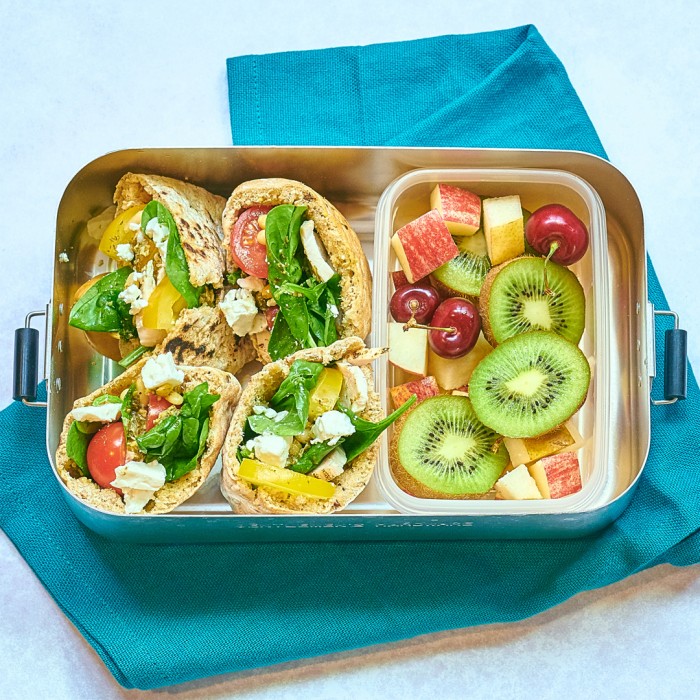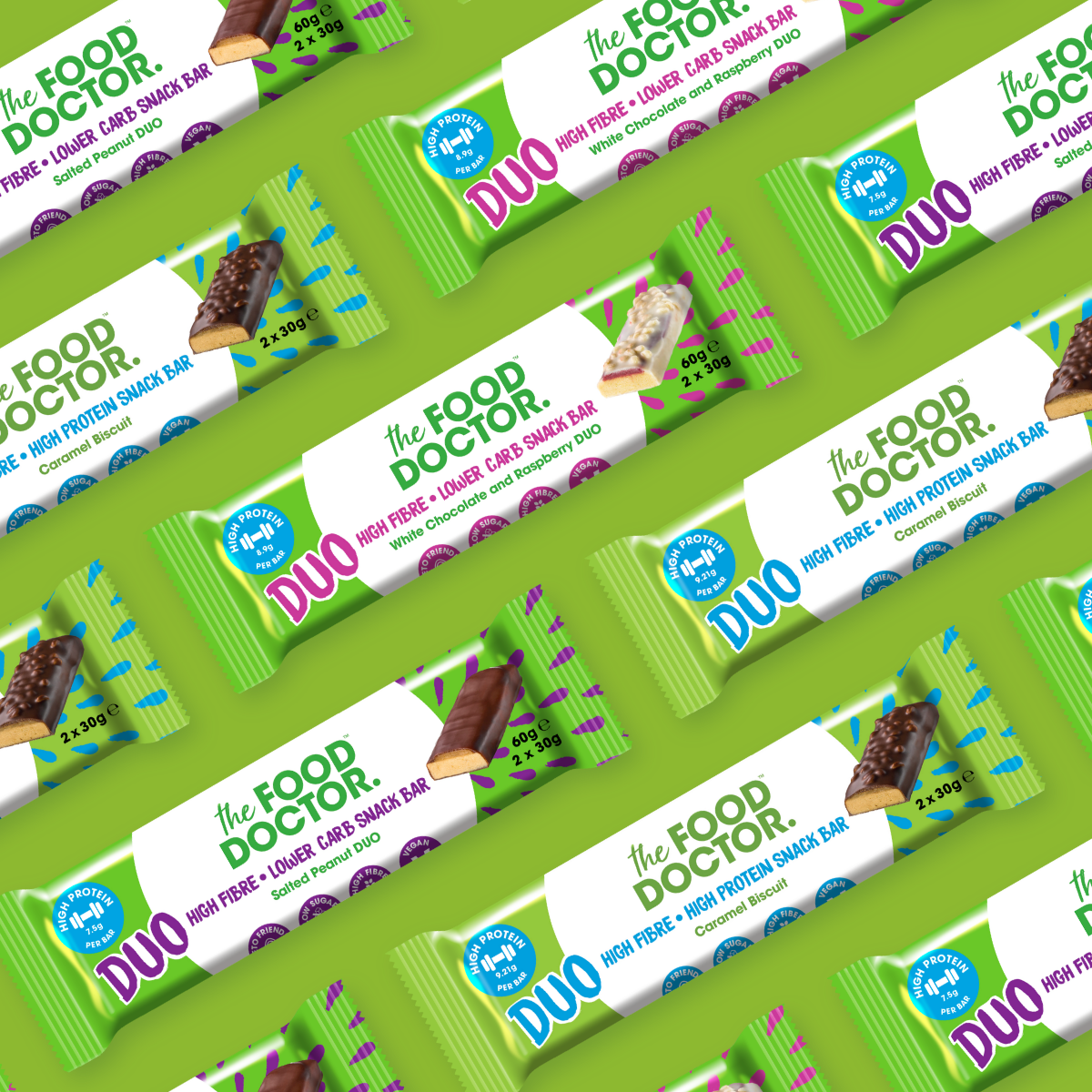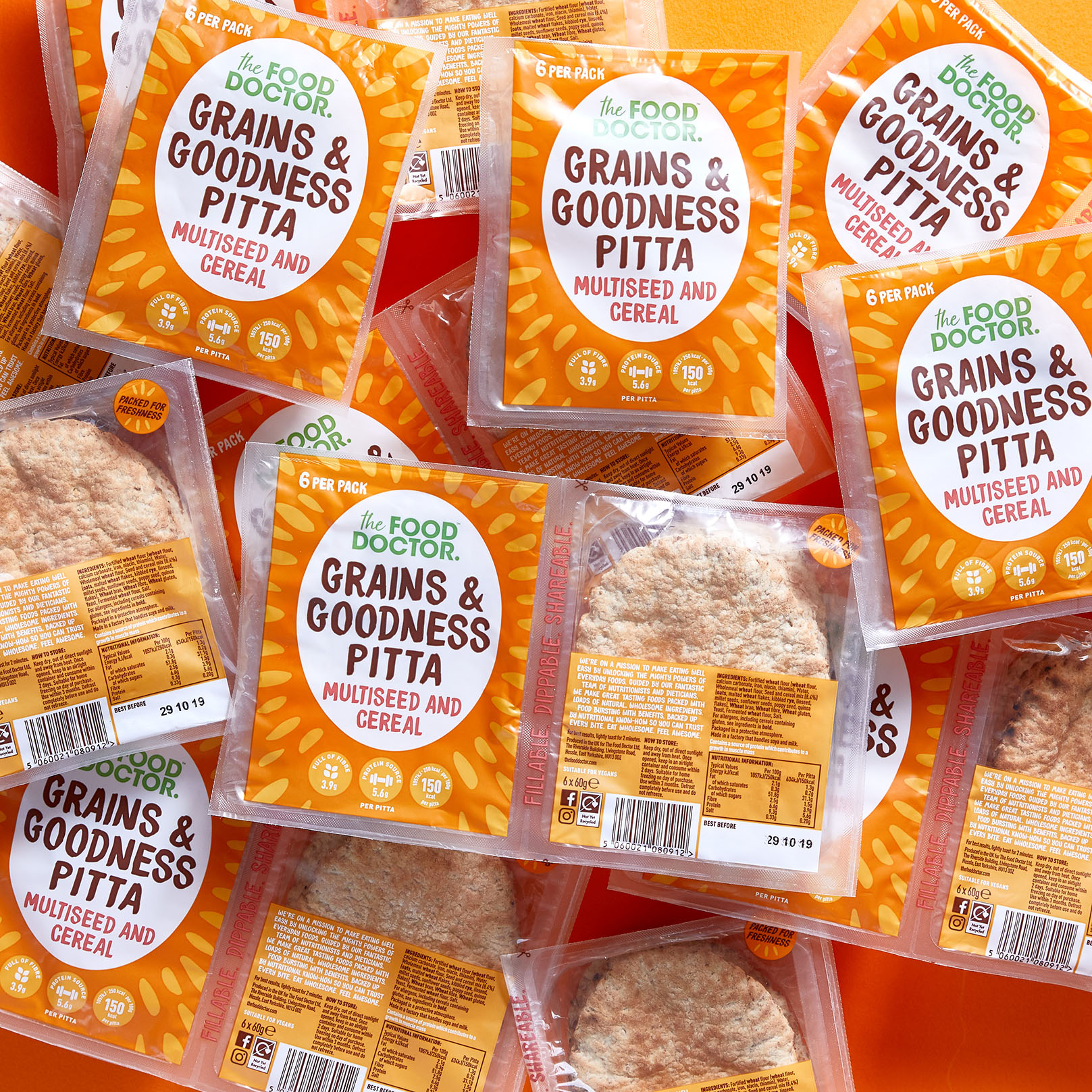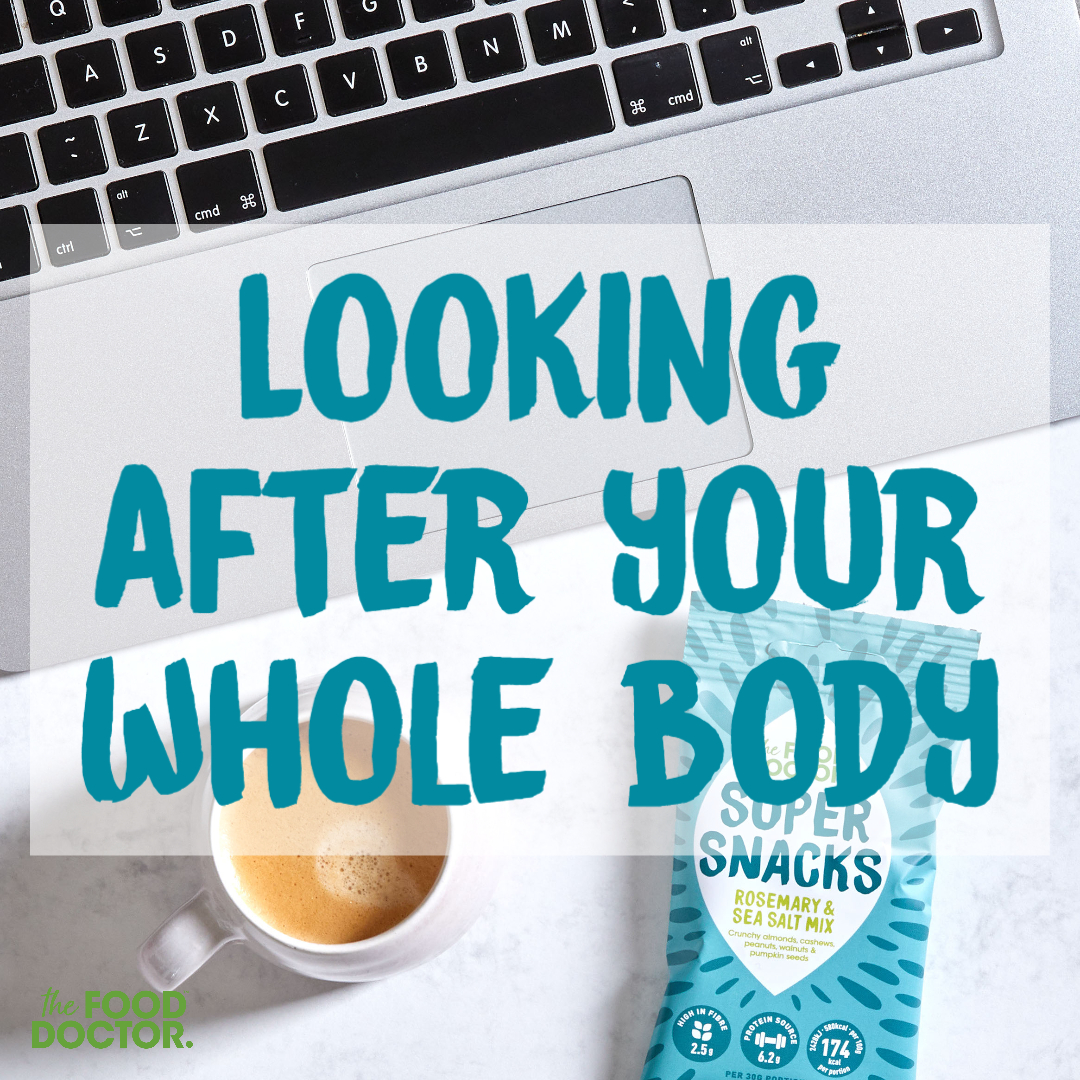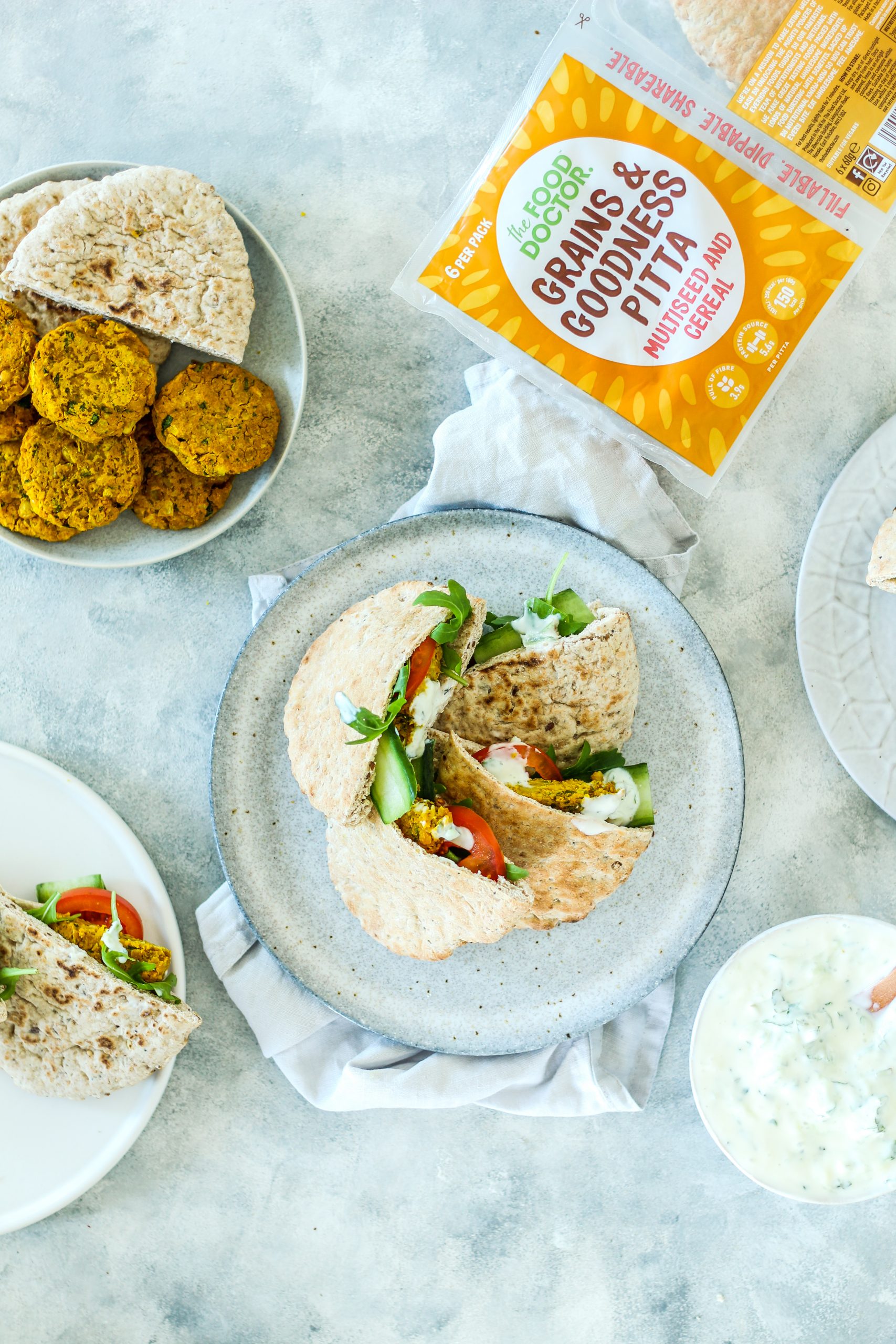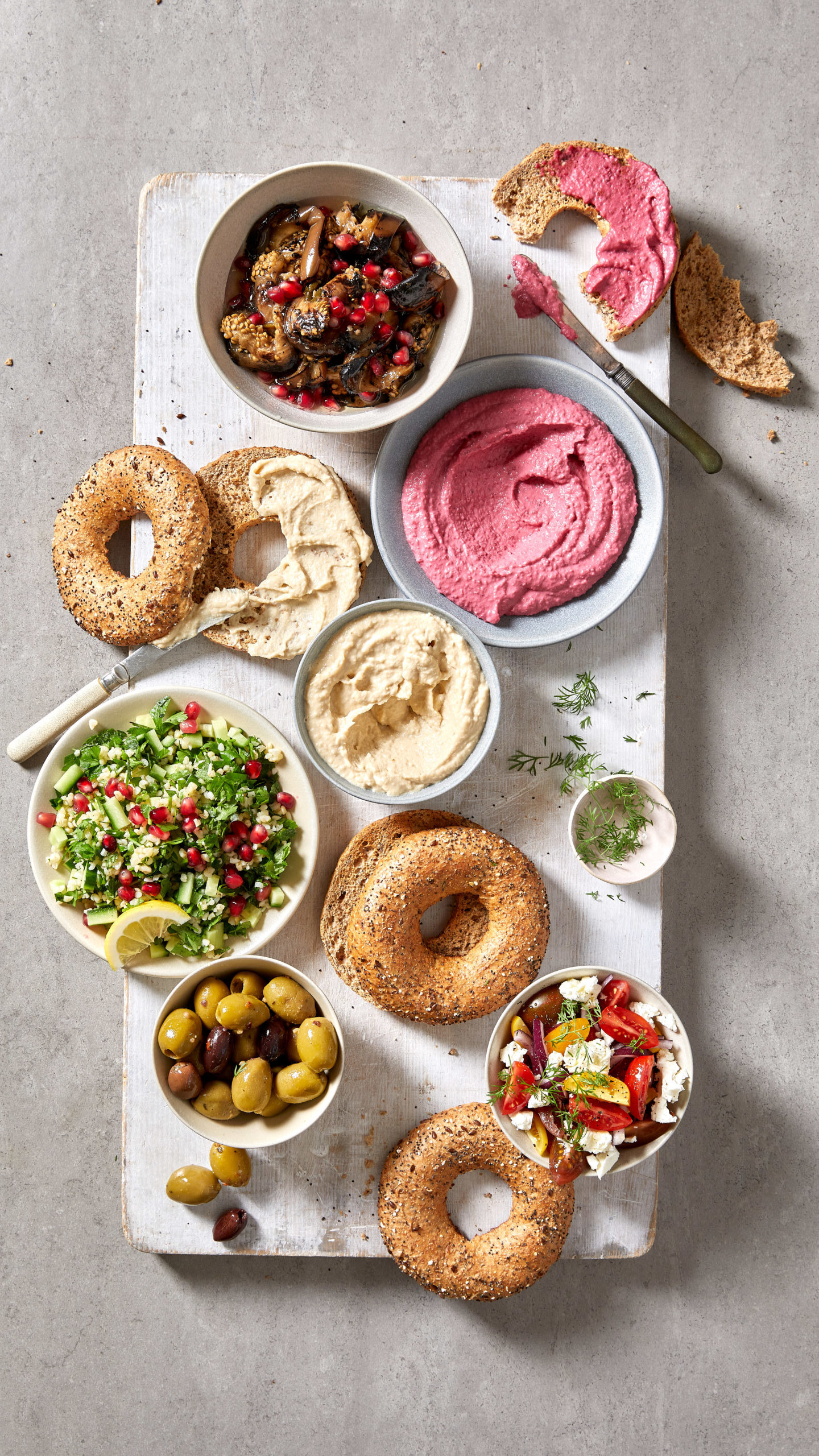Bringing Your Own Lunch Box To Work Will Hopefully Inspire You To Eat A Little Healthier, Get More Variety In Your Diet And Save Some Money Too.
We’ve Put Together Our Top 5 Tips On How To Kick Start Your Grown-Up Lunch Box And Show The Kids What Packed Lunches Are All About, Including Some Ideas For Lunchbox Fillings:
1. Find A Suitable Lunchbox
Find a lunchbox that suits you, there are loads of great ones to pick from; you can get ones with separate and removable compartments like a bento box, some come with attachable cutlery and others are specifically designed for storing and heating soups and stews. Aluminium or stainless steel lunchboxes are also great for keeping food fresh.
2. Make The Most Of Leftovers
Using up leftovers is a great way to save time and money. Any leftover food can be eaten for lunch the next day or thrown into a salad or sandwhich. See our ideas below:
- Leftover brown rice from a curry? Use it to make a grain bowl, served with beetroot, spinach, feta, chickpeas and walnuts
- Leftover chicken from your sunday roast? Use it to make a sandwhich or pitta pockets, paired with pesto, lettuce, tomato, spinach and pine nuts
- Leftover salmon from dinner the night before? Use it to make a salad, served with longstem broccoli, peas, rocket, dill and a yogurt dressing
- Leftover roasted vegetables? Throw them into a wholegrain pasta salad, served with butter beans, mozzarella, tomato and basil.
3. Prep Is Key
When you first begin planning your lunchbox it may seem like hard work but once you realise what works well for you and how easy it is, it should hopefully form part of your normal routine. You don’t need to cook in batches and ‘meal prep’ all your meals at the beginning of the week, as this can be a little repetitive and some foods may not stay fresh till the end of the week. However, it’s good to have a rough idea of the foods you want to eat and how much you will need to buy from the shop.
Often after a longs day work you don’t feel like being creative, so it’s best to be prepared and know what you’re cooking. Make sure you have everything prepared and in containers the night before, so in the morning you can just get up, grab your lunch and go.
4. Be Creative
Forget soggy sandwiches, it times to liven up your lunch. To get more nutrients in your diet and to support gut health, it’s best to eat a variety of foods, so make sure you’re not eating the same thing for lunch each day. Try these ideas below:
- Hot food that can be reheated like soups, casseroles, bean stews and stir-frys are great in the winter when you fancy something warm
- Frittatas can be eaten hot or cold, and you can pack them out with lots of veggies plus the protein from the eggs will keep you full
- Instead of the classic cheese and ham sandwhich, try some more exciting sandwich fillings like roasted red peppers, beetroot houmous, artichokes, smoked tofu and prawns
- If you’re making a sandwich, mix up the bread your using and try pitta pockets, wraps, rye bread or sourdough
- Sandwiches every day can get a little boring, try grain bowls using wholegrain pasta, couscous, quinoa or brown rice
- Salads are so versatile, you can use up your leftovers and throw in whatever you have in your cupboard. Make sure you include a source of protein (meat, fish, cheese, legumes), a carbohydrate base (brown rice, quinoa, sweet potato) and some healthy fats (avocado, extra virgin olive oil, nuts)
- Make your own salad dressing such as extra virgin olive oil combined with lemon juice, balsamic vinegar, mustard, salt and pepper, or try a yogurt dressing with mint, lemon, garlic, olive oil and salt and pepper.
5. Fill Up On Fibre And Protein
Fibre and protein can help fill you up and keep you satisfied for longer, so try to include these in your lunchbox. Add grains and pulses like black beans, chickpeas and quinoa to soups and salads, and use leftover chicken and salmon in sandwiches and salad.
Mid-afternoon you often need a little snack to keep you going until dinner. Make sure your snacks contain fibre and protein so will fill you up and not leave you wanting more. Foods high in certain types of fibre can help to keep your blood sugar levels steady, and a wise, planned snack keeps hunger at bay. See our ideas below:
- A handful of nuts like almonds or walnuts
- Slices of banana with a tsp of almond butter and cinnamon
- A fruit and nut bar such as our new Pineapple & Coconut Goodness Bar
- Yogurt topped with berries and seeds
- Houmous with carrot sticks, sugar snap peas or pitta bread
- Leftover sweet potato wedges with smoked paprika
- Oat cakes with cottage cheese
- Homemade energy balls
- Apple with peanut butter
- 2 slices of dark chocolate with a handful of almonds
